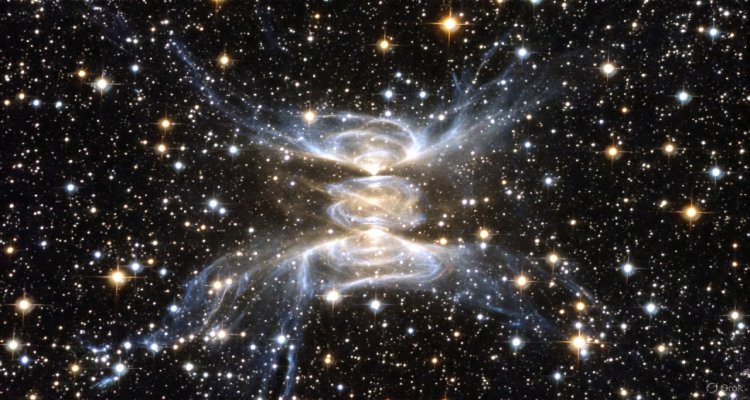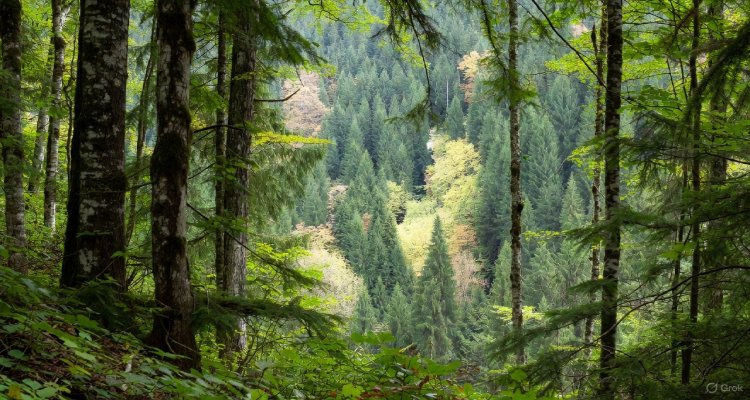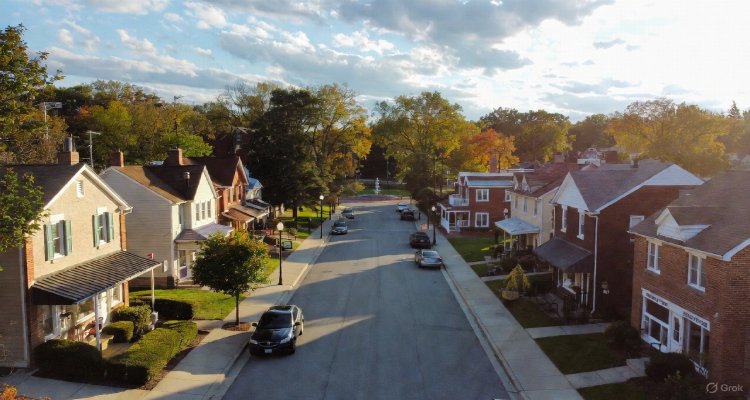Why Abandoned Amusement Parks Haunt Our Collective Memory
Abandoned amusement parks evoke nostalgia, fear, and fascination. Discover why these empty playgrounds linger in our cultural memory.
Introduction: The Ghosts of Joy
Once filled with laughter, music, and flashing lights, amusement parks now stand silent in many corners of the world. Tilted Ferris wheels rust in the sun, roller coasters are swallowed by weeds, and faded clown faces stare blankly at the wind. These haunting landscapes captivate photographers, thrill seekers, and historians alike. But why do abandoned amusement parks continue to hold such power over our imagination?
Context & Background: From Dreams to Decay
The modern amusement park was born as a celebration of escapism. Places like Coney Island in New York or Disneyland in California embodied joy, family, and technological spectacle. Yet not all parks withstood the test of time. Economic downturns, natural disasters, safety concerns, and shifting cultural interests forced many to close.
Notable examples include:
- Six Flags New Orleans, abandoned after Hurricane Katrina in 2005.
- Pripyat Amusement Park in Ukraine, never officially opened after the Chernobyl disaster in 1986.
- Spreepark Berlin, shut down due to mismanagement in the early 2000s.
What was once built for joy now decays into eerie silence, transforming into cultural monuments of failure, memory, and lost innocence.
Main Developments: Why They Matter
Abandoned amusement parks matter not just as relics but as symbols of impermanence. Their presence raises questions about:
- Economic fragility: These massive investments, once thriving, can collapse overnight.
- Cultural shifts: Generations no longer seek the same thrills—video games, VR, and digital entertainment compete with traditional rides.
- Environmental reclamation: Nature reclaims abandoned parks, turning roller coasters into ivy-wrapped skeletons.
They remind us that joy, once institutionalized, is not immune to time’s erosion.
Expert Insight & Public Reaction
Urban explorers often describe abandoned amusement parks as “time capsules of human joy.” According to cultural historian Dr. Emily Rhodes, “These spaces are haunting because they were designed to embody collective happiness. When empty, they flip that meaning on its head—what should be joyful becomes unsettling.”
Public fascination is evident in viral photo essays, YouTube explorations, and even horror films. The rusting Ferris wheel of Pripyat, for instance, has become one of the most iconic images of 20th-century tragedy.
Meanwhile, communities near abandoned parks often feel mixed emotions—resentment over wasted land, but also a strange attachment to their forgotten playgrounds.
Impact & Implications: What Happens Next?
As cities grow and land becomes scarce, abandoned amusement parks face uncertain futures. Some are demolished to make way for housing or commercial projects. Others are preserved as eerie tourist attractions, drawing visitors fascinated by “dark tourism.”
In rare cases, parks find new life. For example, parts of Spreepark Berlin are being redeveloped into cultural spaces, blending history with modern use. This trend reflects a growing recognition: these spaces are not just failures, but cultural artifacts worth reinterpreting.
Conclusion: The Memory of Empty Joy
Abandoned amusement parks are not just empty lots. They are echoes of childhood, symbols of societal change, and reminders of our fragile pursuit of happiness. Their haunting power lies in their paradox—they were built to celebrate life, yet now they stand as monuments to absence.
As we continue to document and reinterpret these ghostly landscapes, they ensure that even in silence, the laughter of the past still lingers in our collective memory.
Disclaimer : This article is intended for educational and cultural commentary purposes. References to specific parks are based on documented closures and historical accounts.











